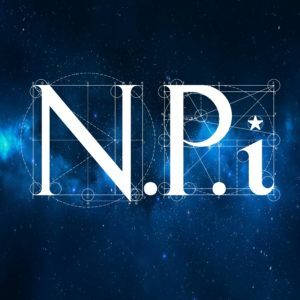
INTRODUCTION
-
Most people think that “translator” and “interpreter” are more or less the same thing. A simple way I like to explain the difference is that translators read and write, while interpreters listen and speak.
-
While I can do either, I am better as a translator and prefer that kind of work.
-
My meticulous nature and the pursuit of perfection appreciates the opportunity to consult dictionaries and glossaries, and to proofread and revise my translation work until I am happy with it.
TRANSLATION
-
Backed by 25 years of experience in translation and even more in architecture, you can rest assured that translations will be completed meticulously with the utmost attention to detail.
-
While I did not study translation formally in college, I have always enjoyed learning languages, and have been translating professionally since about 1995.
-
While I have translated and continue to translate a plethora of topics, from donuts and X-ray equipment to bowel movements and architecture, I am particularly qualified to work on documents dealing with architecture and construction, such as drawings, specifications, product brochures, installation instructions and training manuals.
-
I know the jargon of the profession, and understand that a “square” of roofing has nothing to do with a geometrical shape.
-
If you are a US architect with projects in Spanish-speaking countries, I can help translate and review your construction documents. I can also help Spanish and Latin American architects with projects in the US.
-
If you manufacture doors, windows, roofing, siding or other construction products, I can translate your literature if you want to expand your sales in Spain or Latin America, or if the users and installers of your products might feel more comfortable reading in their native language.
PROOFREADING
-
More than half of my work the last 25 years has been proofreading and editing the work of other translators.
-
As with my Quality Control work for architects, I easily detect typos and discrepancies between paragraphs, which may elude the person doing the translation itself. A second set of eyes for any important written document is always a good idea. Spellcheck and Grammarly are not enough.
-
Also, my having been in the US permanently since 1984 (and repeatedly before that), marrying a smart, educated woman and raising two incredible sons, have made it possible for me to understand the nuances of many American terms and cultural quirks, which some of my talented colleagues may miss.
-
I agree with this quote:
“The person most likely to miss an error or omission is the person who made the error or "created" the omission. Conversely, the less a person knows about a project, the more likely it is that they will question things that don't seem quite right or quite complete.”
Charles Nelson, in "Managing Quality in Architecture"
